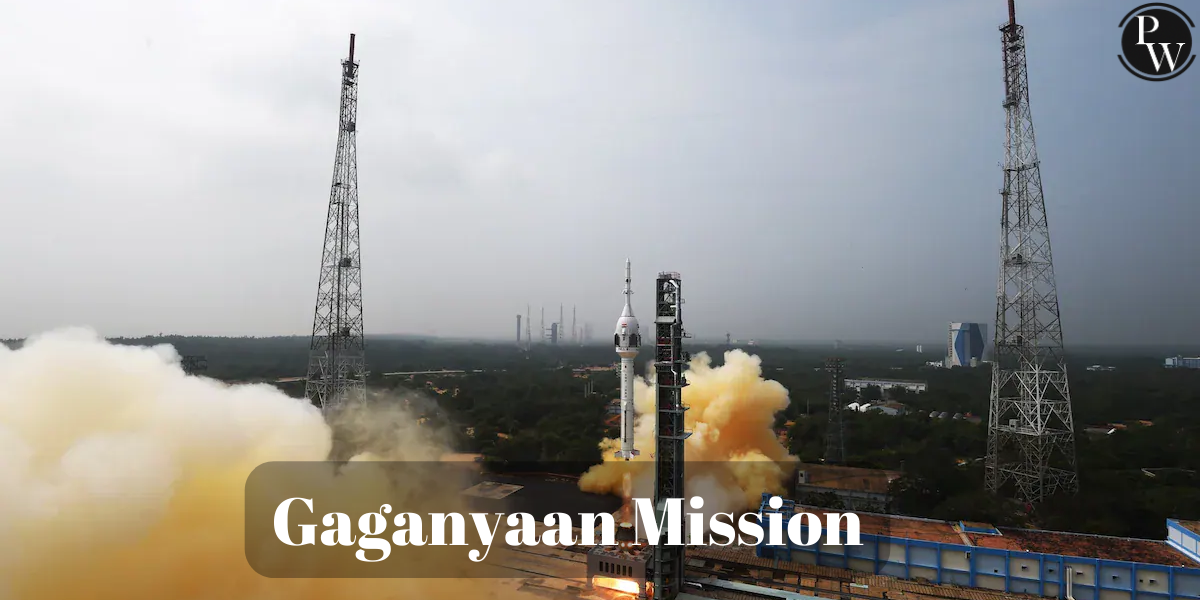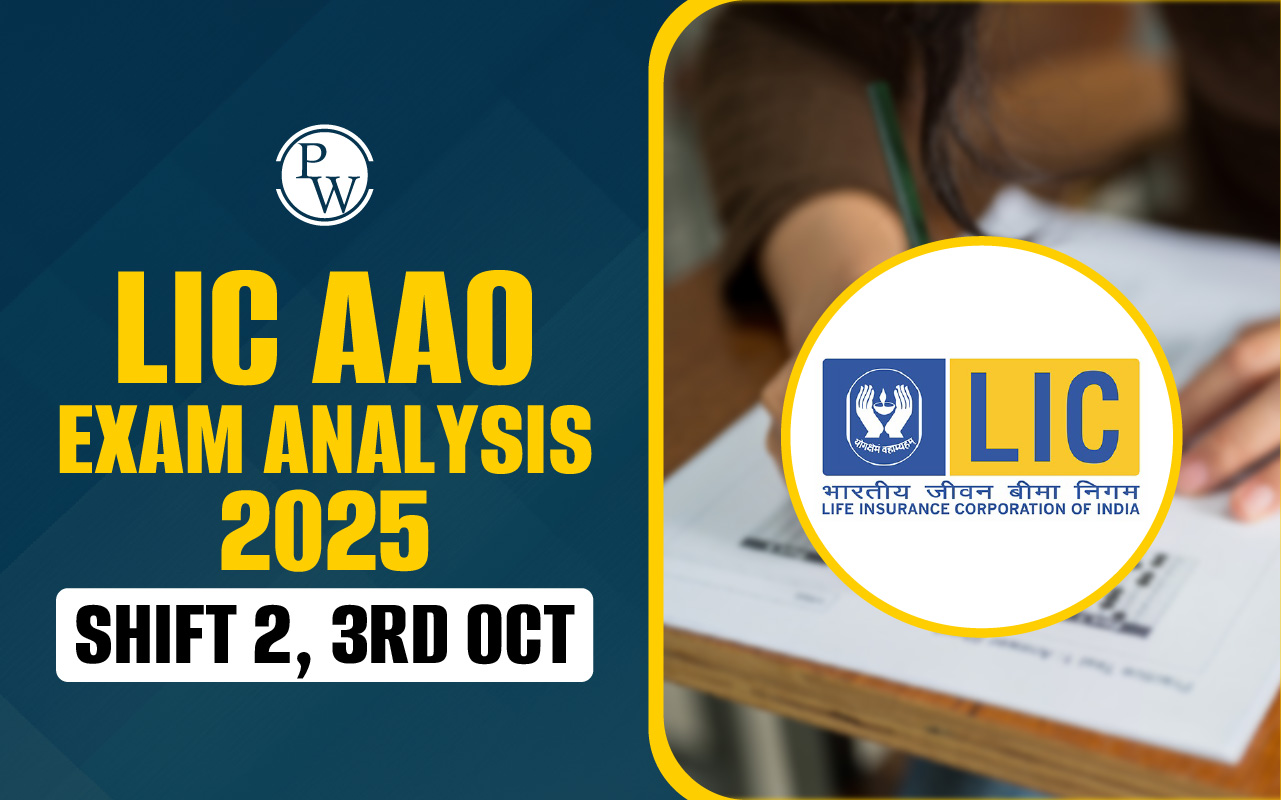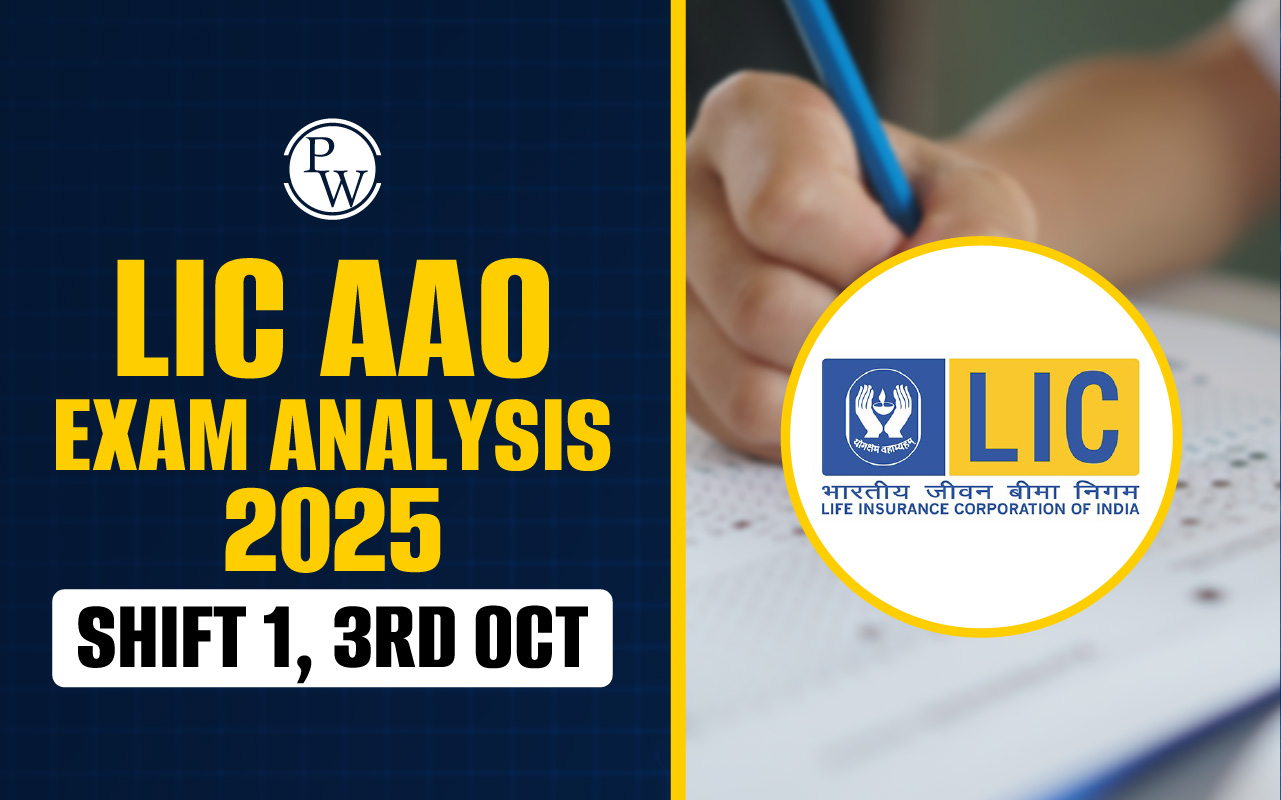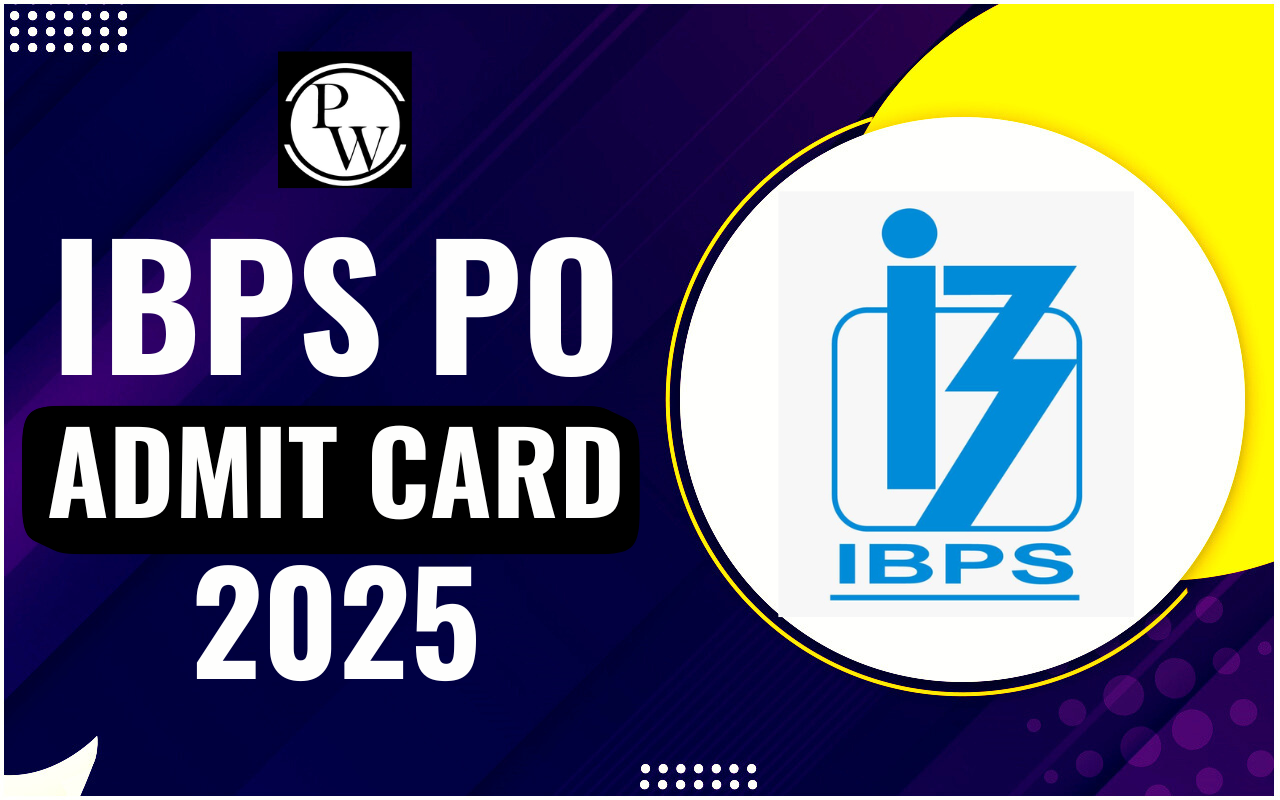

Gaganyaan Mission
Gaganyaan Mission: ISRO, which is India's space agency, recently launched a test flight for its big Gaganyaan mission. The test aimed to check how safe the crew module and escape system are for bringing Indian astronauts back to Earth. The goal of the Gaganyaan mission is to send humans into space, have them orbit the Earth at a low altitude for about three days, and then bring them back safely in 2025.
The first test flight, named Abort Mission-1 (TV-D1), successfully showed that the Crew Escape System works well. It took off from the Satish Dhawan Space Centre in Sriharikota, Andhra Pradesh , and landed safely in the Bay of Bengal.
For the Gaganyaan mission, astronauts will be launched into space using a rocket called LVM3. This rocket has different stages, like solid, liquid, and cryogenic systems, to get the astronauts to their planned orbit and safely back to Earth.
Gaganyaan Mission 2023
The first test for the ISRO Gaganyaan Mission is set for October 21, 2023, between 7:00 AM IST and 9 AM IST from the Sriharikota Spaceport. Before the manned Gaganyaan Mission, ISRO plans to conduct two unmanned missions. The first unmanned mission is expected to launch in December 2023 or January 2024.
Gaganyaan Mission Aim
The aim of the test vehicle mission was to assess the safety of the crew module and crew escape system, ensuring the secure return of Indian astronauts to Earth. As part of the Gaganyaan mission, the Indian space agency plans to launch humans into space, placing them in a Low Earth Orbit at 400 km for a three-day mission, with the goal of safely returning them to Earth in 2025.
Gaganyaan Mission Launch Date
The gaganyaan mission launch was first planned for December 2020, then rescheduled to December 2021, but it got postponed because of the COVID-19 pandemic. The flight plan was eventually prepared by April 2022, and the launch is anticipated to happen in 2024, following TV-D1, TV-D2, TV-D3, and TV-D4. The Gaganyaan mission is set to launch in 2025, intending to send three crew members into space for three days. India will be the fourth country to carry out a manned spaceflight mission.
Under the Gaganyaan Mission, ISRO plans to send three people into space, orbiting at 400 km for a 3-day mission before safely returning to Earth.
Gaganyaan Mission Time
Mission Gaganyaan started successfully, as announced by ISRO on the X platform. Although the launch was scheduled for 8 a.m (0230 GMT) on 21st October 2023, it initially faced delays. It was successfully completed at 10 a.m.
Gaganyaan Mission Budget
India's Gaganyaan Mission project, costing about 90 billion rupees (around $1 billion), aims to send astronauts into a 400 km orbit and bring them back safely after a three-days. The Indian government has set aside a total budget of Rs 9023 crore to achieve the objective of the Gaganyaan mission.
Goals of Gaganyaan Mission The main goals of the Gaganyaan mission are to: 1. Show that India can do human spaceflights. 2. Learn how to design, build, and use spacecraft for humans. 3. Create the needed setup for future human spaceflights. 4. To encourage the next generation of scientists and engineers.
Gaganyaan Mission Crew Training
The Astronaut Training Facility in Bengaluru provides training in classrooms, physical fitness, simulators, and flight suits for the crew members.
What is TV-D1 Launch?
ISRO is attempting to launch its Test Vehicle - Demonstration (TV-D1), a single-stage liquid propulsion rocket. This test is a significant step for the Gaganyaan program as it integrates a nearly complete system for the test.
The success of this test flight is crucial for subsequent qualification tests and uncrewed missions, paving the way for the Gaganyaan program's first mission.
Test Vehicle Abort Mission (TV-D1) will launch the crew escape system and crew module at an altitude of 17 km, with a safe landing in the sea, around 10 km from Sriharikota on India's eastern coast. The Navy will retrieve them from the Bay of Bengal. The goal is to ensure the safety of the crew for the actual Gaganyaan mission using an LVM-3 rocket.
What is Gaganyaan Mission?
The ISRO Gaganyaan mission has been developed at a cost of ₹90 billion and is named after the Sanskrit word for "craft" or "vehicle to the sky." India will be the fourth country to send humans into space, following the Soviet Union, the US, and China.
If today's test proceeds as planned, ISRO will send a humanoid, Vyommitra, in an unmanned Gaganyaan spacecraft next year. Vyommitra, the Sanskrit word for "space friend," is a female humanoid unveiled by ISRO in 2019.
Rakesh Sharma, an Indian astronaut, spent 21 days and 40 minutes on a Russian spacecraft in space in 1984.
Key Components of the Gaganyaan Spacecraft
- Orbital Module: This is the central hub of the Gaganyaan mission, which will orbit the Earth. It consists of the Crew Module (CM) and Service Module (SM) and is equipped with advanced avionics systems.
- Service Module: The Service Module includes the propulsion system, thermal system, power systems, avionics systems, and deployment mechanisms. Its purpose is to provide necessary support to the Crew Module while in orbit.
- Crew Module: The Crew Module is designed to provide an Earth-like environment in space for the crew. It houses crew interfaces, human-centric products, life support systems, avionics, and deceleration systems.
Overview of Gaganyaan Mission Stages and Milestones
- Integrated Air Drop Test (IADT): This involves dropping a 5-ton dummy mass equivalent of the actual crew module from an altitude of 2.5 km by the Indian Air Force to test the Parachute Deceleration System.
- Pad Abort Test (PAT): This is a trial run to check the spacecraft’s launch abort system, designed to quickly move the crew and spacecraft away from the rocket in case of a potential failure.
- Crew Abort Test Mission: Using an unpressurized version of the crew module, this test includes systems for deceleration and recovery, including parachutes. The mission simulates abort conditions during ascent.
- Vyomitra: A humanoid robot named Vyommitra is expected to be on the second uncrewed Gaganyaan mission. It will perform microgravity experiments and monitor module parameters, simulating human functions from the waist up.
- Manned Flight: The final phase of the Gaganyaan mission involves launching a human astronaut into space, ensuring a safe return to Earth through a soft landing in the Arabian Sea off the coast of Gujarat.
Gaganyaan Mission Potential Benefits
- Innovation Environment: The mission aims to inspire innovation and creativity among the next generation of students.
- Manned Missions: Gaganyaan will contribute to the development of critical technology for future scientific human space exploration.
- Employment Creation: Indigenously developed components and technology create employment opportunities in the private sector.
- Private Sector Growth: Mission success encourages private sector investment in space technologies.
- Human Beneficial Technology: Technologies developed for Gaganyaan can be applied for the betterment of society.
- International Collaboration: India’s technological demonstration opens avenues for future international space collaboration.
- Interdisciplinary Collaboration: The mission involves collaboration across multiple agencies, disciplines, laboratories, industries, and departments.
- Industry-Academia Partnership: Encourages partnership between academia and industry for national development.
Gaganyaan Mission Challenges
- Human Survival Technologies: Developing technologies for human survival from scratch is time-consuming.
- Human Training: Due to inadequate facilities in India, astronauts for Gaganyaan have been trained overseas.
- Cost Effectiveness: The mission not only needs to be successful but also cost-effective, posing a challenge in developing low-cost yet highly effective technology.
- Human Safety: Safely bringing human astronauts back to Earth is a significant challenge, considering the long-term impact of space conditions on the human body.
Path to Success in Gaganyaan Mission
- Meticulous Testing: Rigorous testing of all technologies to prevent problems during the mission.
- Best Practices: Adopting global best practices in mission execution, including consultation with the Russian space agency.
- High-Quality Training: Providing potential astronauts with high-quality training to overcome physical and mental challenges.
While Gaganyaan's international significance may be limited, its success can be a morale booster for the scientific community. The mission's success may pave the way for the development of the space tourism sector in India.
Is Gaganyaan going to moon?
ISRO is planning India's first mission with people on the moon by 2040. India is working on a plan for exploring the moon, and this will include a set of missions.
India's Partner in Gaganyaan Mission
India and France's space agencies have agreed to collaborate on India's first human space mission, Gaganyaan. France, known for its expertise in space medicine, has a well-established system. Additionally, it houses the MEDES space clinic, a branch of CNES, where space surgeons receive training.
Gaganyaan Mission Significance
The Gaganyaan mission is a big achievement for India's space program. India will be the fourth country, after Russia, the United States, and China, to send humans to space. The TV D1 Test Flight is done, and the Crew Escape System worked as planned.
Gaganyaan has several important benefits for India. It will boost science and technology in the country and inspire young people. The mission involves many organizations, labs, industries, and departments, contributing to industrial growth. The recent establishment of IN-SPACe by the government is part of reforms to involve private companies in space activities.
Moreover, Gaganyaan will lead to the development of technology with social benefits and improve international collaboration. While having one International Space Station (ISS) is good, Gaganyaan will focus on regional needs like food, water, and energy security.
About ISRO (Indian Space and Research Organisation)
ISRO (Indian Space and Research Organisation) is India's space agency, founded in 1969, headquartered in Bengaluru. Its objective is to develop and harness space technology for national development, planetary exploration, and space science research. ISRO has achieved milestones, including building its first satellite Aryabhatta in 1975 and possessing cryogenic technology. It operates India's regional navigation system, NAVIC, and plays a crucial role in various space initiatives.
What is the mission of Gaganyaan?
Where is Gaganyaan mission going?
When Gaganyaan will be launched?
Who is India's partner in Gaganyaan mission?
Who is the chairman of Gaganyaan?












